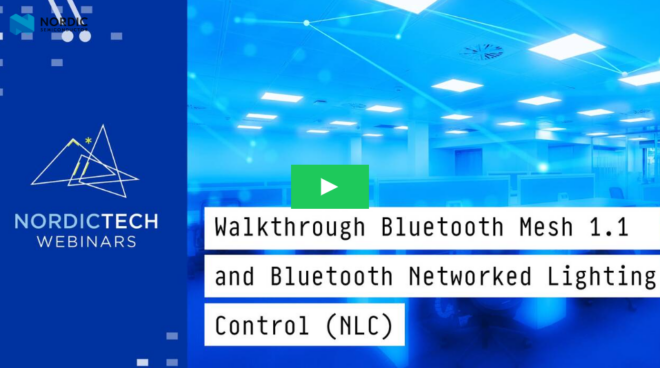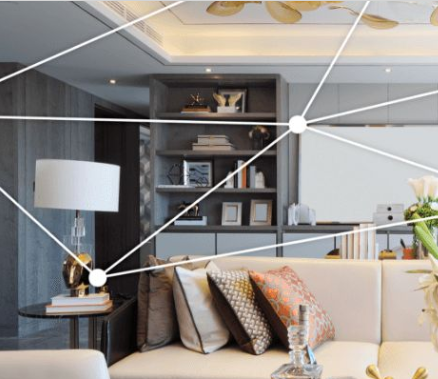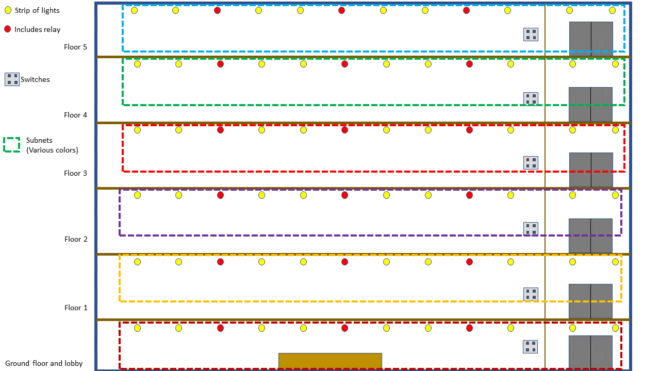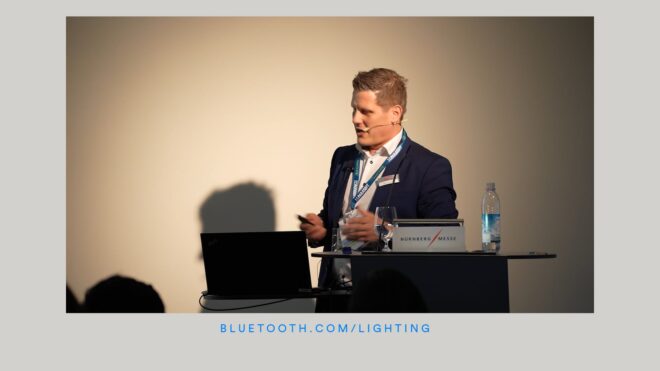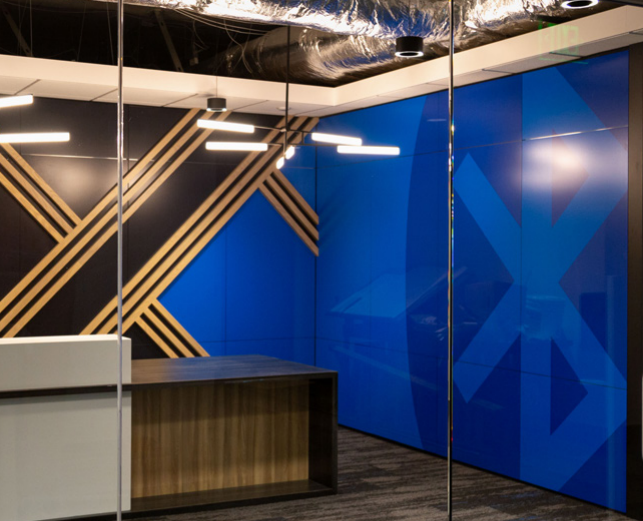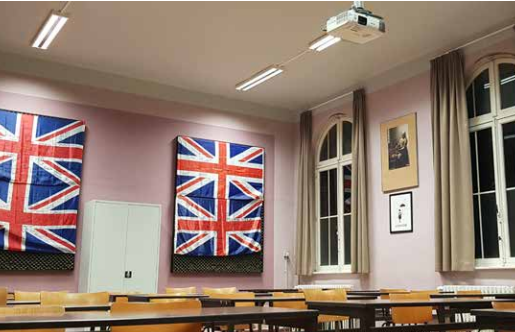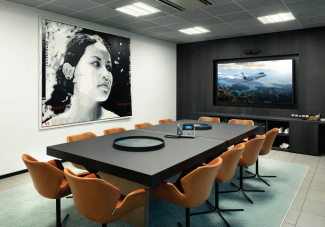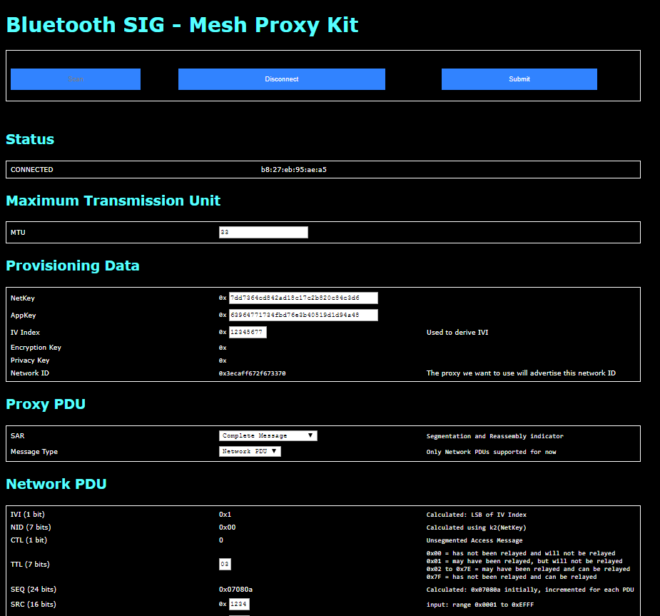In May 2020, the Bluetooth Special Interest Group (SIG) and DiiA (Digital Illumination Interface Alliance) announced they are working together with one of the goals being to specify a standardized interface that allows D4i intelligent luminaires to be provisioned, monitored, and controlled on a Bluetooth® Mesh lighting control network.
This coordinated standardization across both organizations is going to lead the lighting industry to a fully interoperable, plug-and-play, field-upgradeable, and future-proof IoT lighting system.
A recently posted article by Chuck Sabin from the Bluetooth SIG, Bluetooth + DALI – Accelerating the Future of IoT-Enabled Commercial Lighting, provides a great summary on the business and market impact of this cooperation. Still, it is worth going deeper into what this announcement means from an engineering angle and, what will probably be of interest to the lighting community, how the end products will look and work together.

Bluetooth Mesh Networking
The Bluetooth SIG released the mesh networking specifications in 2017, which are a set of three specifications: Mesh Profile, Mesh Model, and Mesh Device Properties. The Mesh Profile specifies the operation of generic purpose mesh networks. While the idea of using Bluetooth technology to build low-power wireless networks has been around for many years, Mesh Model and Mesh Device Properties came largely unexpected by the industry, especially considering the scope of what they have delivered.
The Mesh Model specification includes a complete set of features needed to build highly scalable and robust lighting control networks. Classifying them as lighting control would be an understatement, as a significant part of the Mesh Model specification deals with sensors and data. Today, it has become obvious that sensors are a fundamental part of a lighting control system. And what is becoming more obvious is that in lighting systems the control part starts to become overshadowed by data collection from non-lighting, environmental sensors, such as temperature, air quality, noise, CO2 concentration, and more. The Bluetooth Mesh Model specification has been supporting all these since the beginning.
Alongside sensors, there was the anticipation the industry would start becoming increasingly hungry for more data collected from devices in the field. And this is where Mesh Device Properties comes into play. In 2017, Mesh Device Properties specified over one hundred definitions of data points which can be exchanged between Bluetooth Mesh devices. This was an extremely rich collection of data definitions, enabling data-rich lighting networks. Fast forward to October 2020, and we have just published Version 2 of the Mesh Device Properties specification (MDPv2). MDPv2 almost doubles the number of data definitions – the count is now 183. And, importantly, most of the added data definitions are related to lighting systems, DALI in particular.
DALI
DALI, the lighting-control protocol driven by the Digital Illumination Interface Alliance (also known as the the DALI Alliance), stands for Digital Addressable Lighting Interface. It is based on IEC62386, a very well established and broad set of lighting standards, also known as Parts. What has been of a particular interest recently are the DALI Parts 25x (most notably 251, 252, and 253), which are compulsory for D4i certification.
- Part 251 covers luminaire asset management and includes data, such as serial number, date of manufacturing, and nominal parameters (wattage, voltage, CRI, CCT, and others).
- Part 252 takes care of energy metering and defines how power and consumed energy are reported.
- Part 253 is known as the diagnostics and maintenance part and defines a variety of reported data points – such as failure conditions, under/over-voltage events, thermal derating, number of power cycles, and more – for both the luminaire driver as well as for the light source itself.
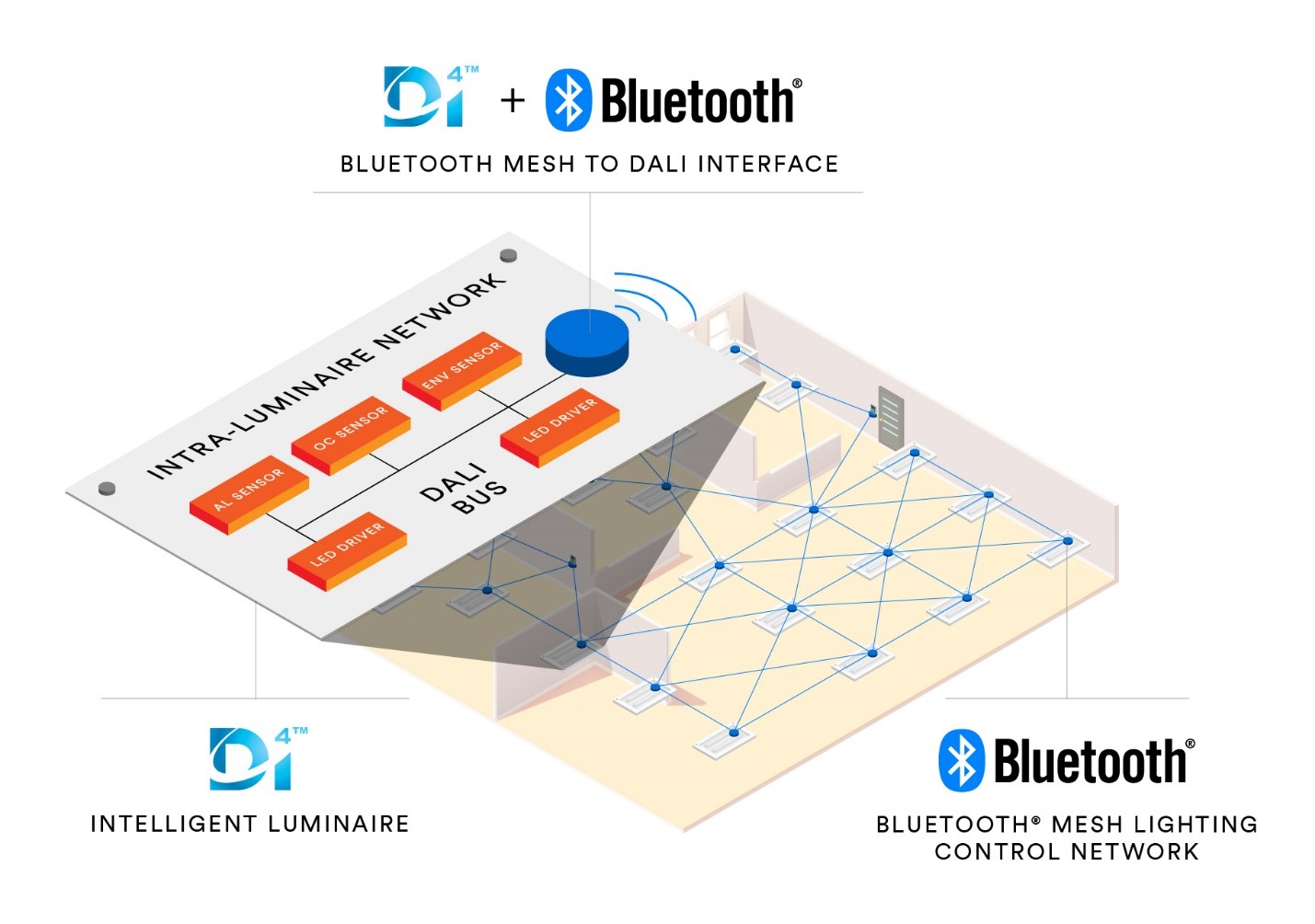
All three together come close to one hundred data points which can be reported by a luminaire. Considering there may be thousands of luminaires in a Bluetooth® Mesh network, it is fair to say luminaire business can be considered a big data business. Surprised? Maybe. But that data can really be useful for a variety of purposes: managing the lighting systems, optimizing energy consumption, and predictive maintenance. It is all available today.
Learn more about the technical insights on how DALI interoperates with Bluetooth Mesh.
Partnership Benefits
With the ability to read data from a digital driver, the sensor controller suddenly has a new role: it can forward that data about the driver and the light source over the mesh network to a cloud system where it can be transformed, analyzed, and fed to a variety of applications. A space utilization application may visualize the collected occupancy data. A lighting maintenance application may monitor the operating conditions of each light, watching for anomalies and triggering service actions before a problematic light fails. An energy reporting application may deliver the data to the utility to help improve energy balance. The possibilities are endless.
A New Specification
For all those possibilities to materialize in products, we need to set some standard rules. DiiA (the DALI Alliance) takes care of the definition of the DALI bus, what functions are present in the digital drivers, and what is the format of reported data. The role of Bluetooth® technology is to enable the inter-luminaire wireless mesh network (Mesh Profile specification) and provide the lighting control and sensing functions (Mesh Model specification) as well as compatible data formats (Mesh Device Properties).

While mapping the control functions and data types between Bluetooth technology and DALI is fairly intuitive, to elevate this to the globally unified and interoperable level, a Bluetooth to DALI specification is necessary. It has been in the works, thanks to the cooperation agreement between both organizations. This specification will also enable a joint certification program which would ensure interoperability and function testing of devices (such as sensor-controllers) which serve as intermediaries between Bluetooth Mesh (inter-luminaire wireless network) and DALI (intra-luminaire bus).
The Perfect Match
As you can see, there is a perfect match in this architecture. The control functions can be precisely mapped, the data can be precisely and unambiguously mapped, and the Bluetooth® distributed control architecture perfectly matches the DALI application controller concept. It is not often that you see independent architectures that match and extend each other so well. This is what fundamentally makes me very excited about the future of this combination – really, the winning one!
The technology match, together with the close collaboration between the Bluetooth SIG and DiiA, means that the market will benefit from a wider selection of interoperable intelligent lighting components. This, in turn, accelerates the adoption of intelligent, IoT-enabled lighting systems in retrofit and new-build environments. Ultimately, this leads to energy savings and enhanced comfort and user experience, which everyone can afford.
![]()
FEATURED DOWNLOAD
Building a Sensor-Driven Lighting Control System Based on Bluetooth® Mesh
A technical examination of which Bluetooth Mesh models to use in different types of lighting and sensor devices, and how these devices form adaptive, highly efficient, connected lighting networks.

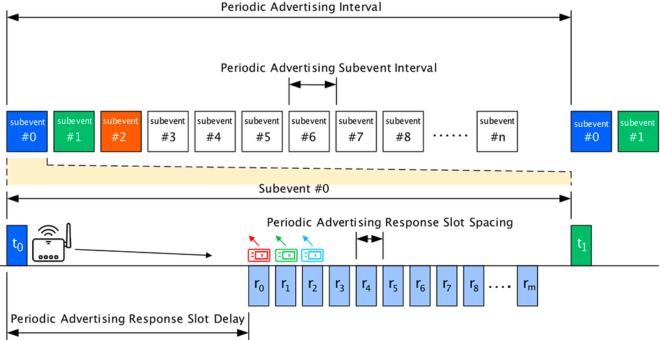


![shutterstock 1653733096[1]](https://www.bluetooth.com/wp-content/uploads/2024/03/shutterstock_16537330961-660x372.jpg)
![Periodic Advertising with Responses[1]](https://www.bluetooth.com/wp-content/uploads/2024/02/Periodic-Advertising-with-Responses1-660x345.png)




